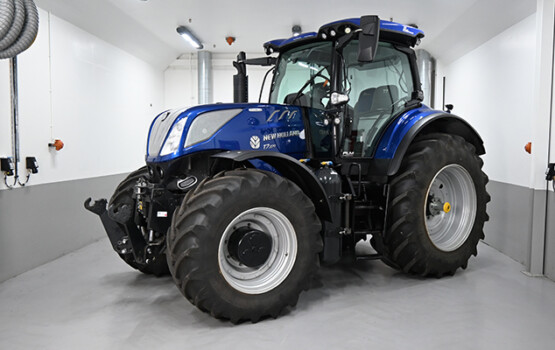Portal for more climate-friendly mobility
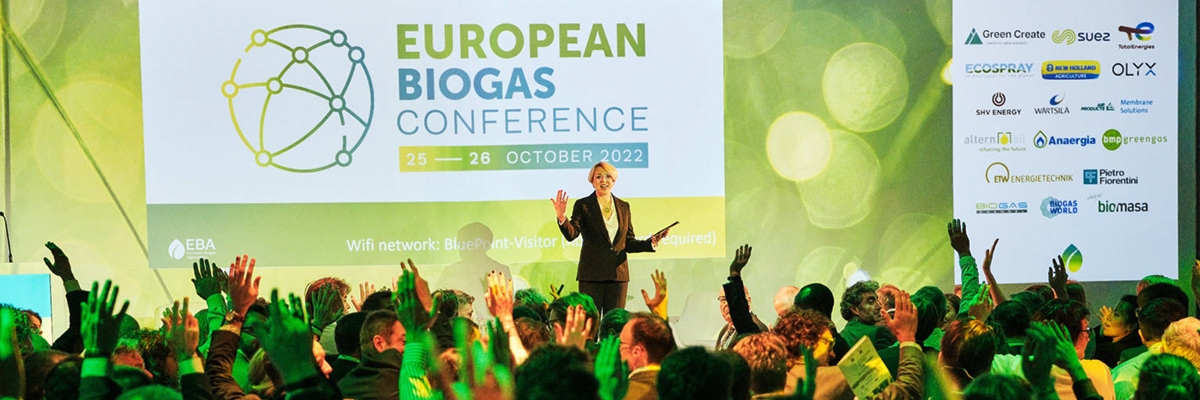
Biogenic CO2 – an important raw material
The biogas and biomethane industry provides the most cost-effective and scalable renewable energy for Europe. But the potential here in terms of decarbonisation is much greater: not only does the use of biogas prevent CO2 emissions, CO2 can be captured even during the production of this sustainable energy source.
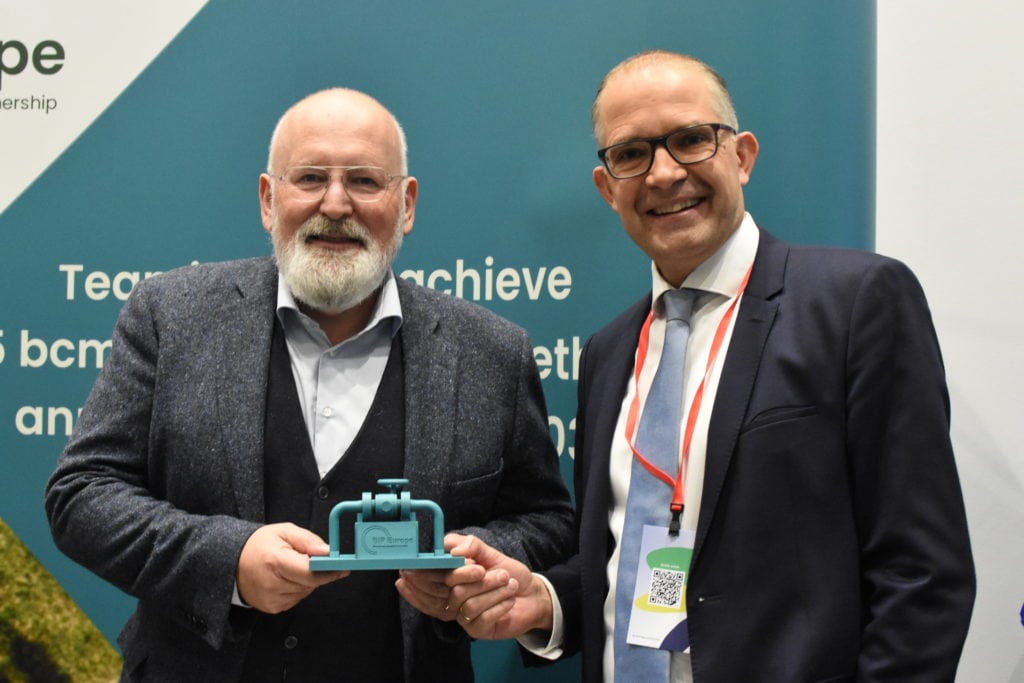 Frans Timmermans, Vice-President of the EU Commission (left), and Harmen Dekker, CEO of the European Biogas Association EBA, want to boost biogas and biomethane production together. Source: EBA
Frans Timmermans, Vice-President of the EU Commission (left), and Harmen Dekker, CEO of the European Biogas Association EBA, want to boost biogas and biomethane production together. Source: EBA
At the European Biogas Conference in Brussels, Harmen Dekker, CEO of the European Biogas Association EBA, had a clear message for the EU Commissioner for Agriculture Janusz Wojciechowski, Vice-President of the European Commission Frans Timmermans and 350 other policymakers, scientists, industry representatives and organisations: biogas has the capacity to help massively reduce CO2 emissions in the building, industrial and transport sectors.
“The biogas and biomethane industry today supplies the most cost-effective and scalable renewable gas produced in Europe,” stressed Dekker. Together, they pledged to expand the European biogas sector and produce at least 35 billion cubic meters of biogas by 2030. This requires a technology-neutral framework for environmentally-friendly transport, closing the material cycle, promoting healthy soils and ensuring the expansion of biogas capacity. Just as crucial is the development of other sustainable raw materials in order to exploit the full potential of biogas and biomethane on the path to climate neutrality.
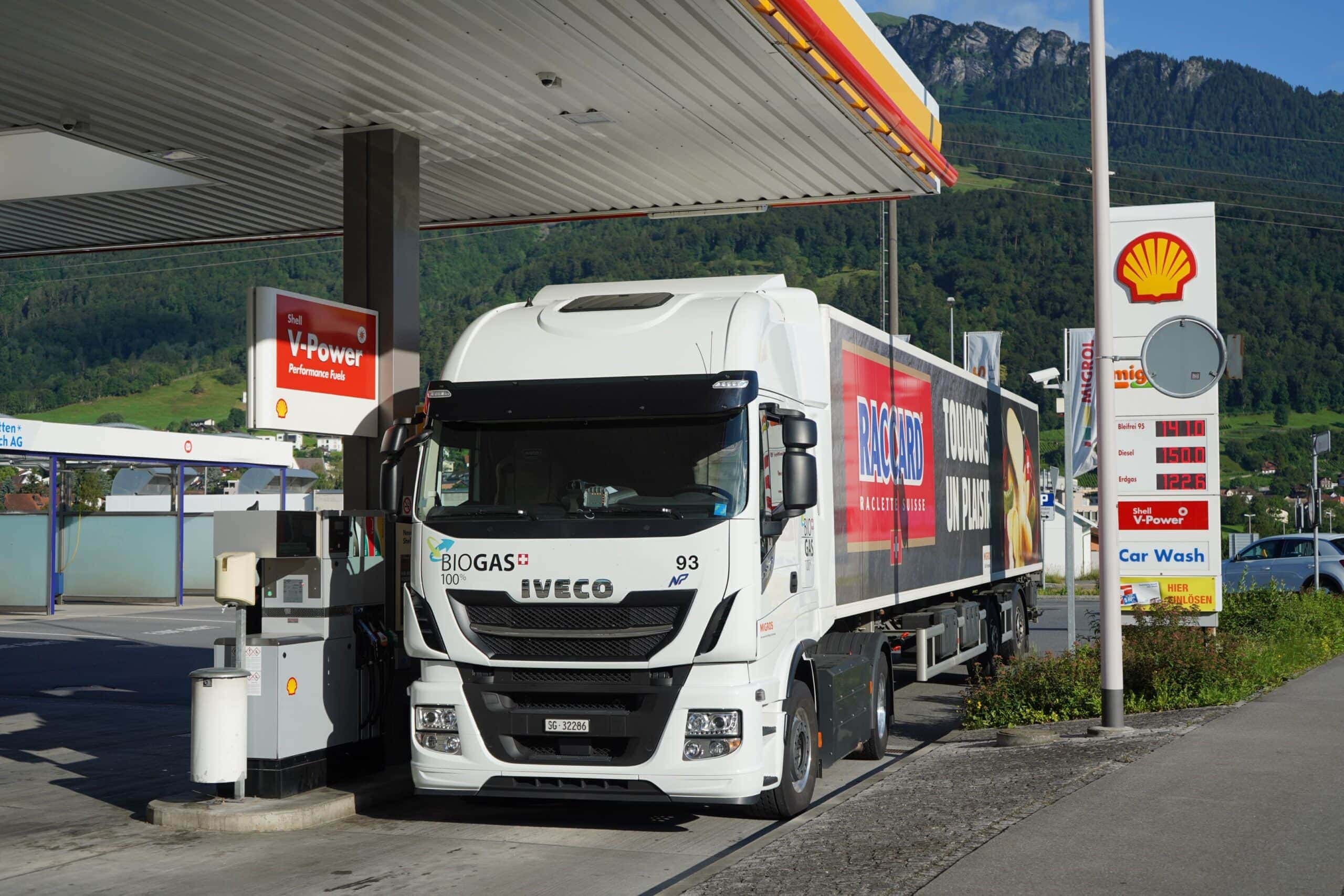 CNG mobility – whether with trucks as in the picture – or also with passenger cars powered by CNG and with biogas in the tank helps to drive decarbonisation forward. Source: CNG-Mobility.ch
CNG mobility – whether with trucks as in the picture – or also with passenger cars powered by CNG and with biogas in the tank helps to drive decarbonisation forward. Source: CNG-Mobility.ch
An important piece of the puzzle of the entire decarbonisation process is CNG or LNG mobility. This can enable a seamless transition to CO2-neutral mobility and more climate-friendly logistics. There are currently 4,100 CNG and almost 600 LNG filling stations across Europe that could be supplied with sustainable biogas or bio-LNG instead of CNG and LNG. As a result, car, bus and truck mobility – whether over short or long distances – would be easily CO2-neutral thanks to a sustainable energy source at the petrol pumps instead of a fossil fuel.
The production of advanced biofuels from waste and residues is also a good example of the sustainable and effective use of resources. This is because raw materials for the chemical industry and the medical sector are produced in addition to biogas, for example. In Germany, for example, biofuels have almost completely replaced fossil glycerol with glycerol from renewable resources.
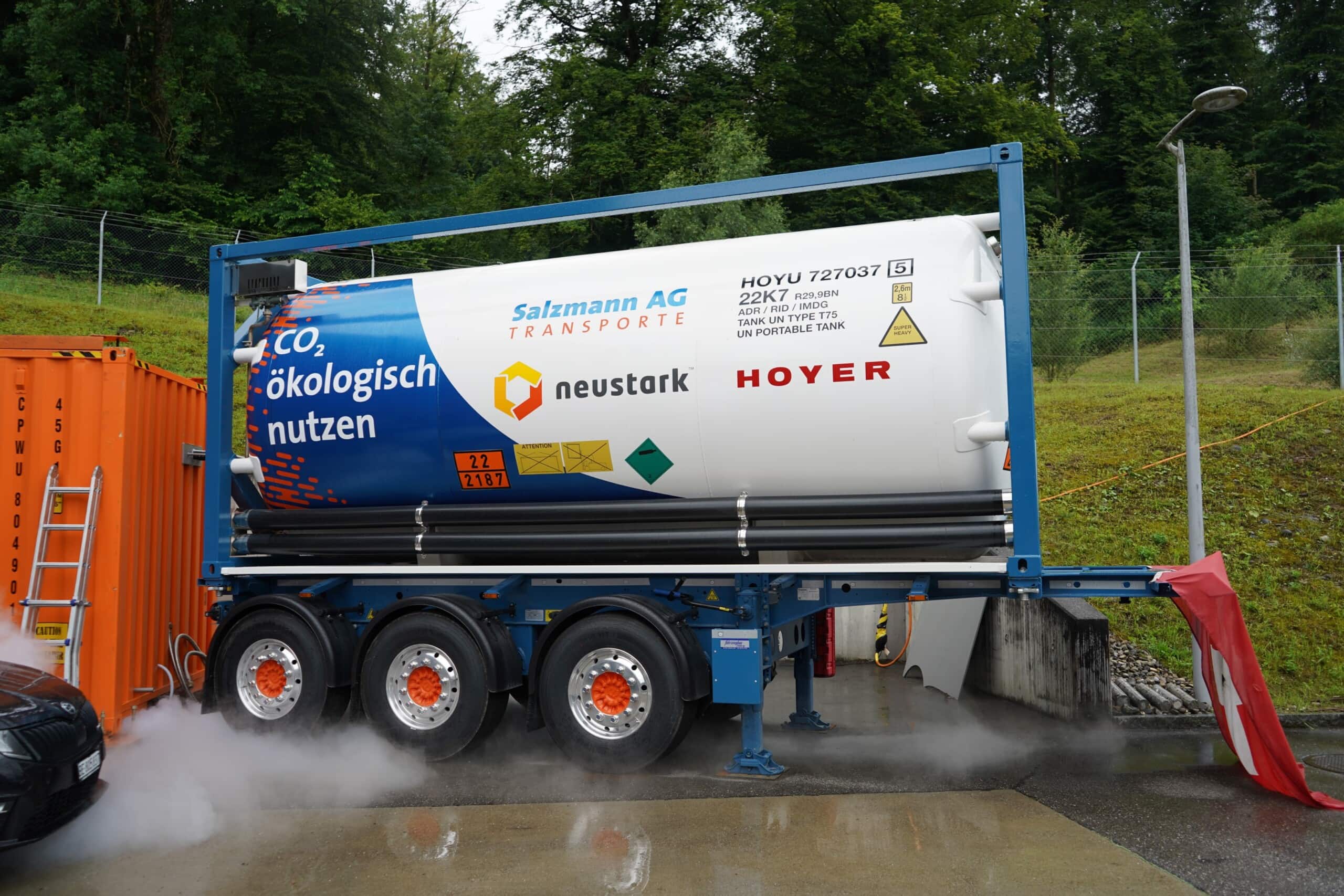 In Bern, biogenic CO2 is already being captured and passed on to the concrete specialist Neustark for later use. Source: CNG-Mobility.ch
In Bern, biogenic CO2 is already being captured and passed on to the concrete specialist Neustark for later use. Source: CNG-Mobility.ch
Biogas plants not only produce renewable energy: they also supply organic fertilisers (fermentation residues) and – something that is often forgotten – biogenic CO2 (so-called manufactured gas). Production of one tonne of biomethane can also generate around two tonnes of biogenic CO2. The potential for carbon capture, storage and use is significant, but it is still underutilized. Ara Region Bern AG is a good example: here, the deposited and already very pure CO2 provided by Neustark is later used to carbonate concrete granules.
A new white paper summarises the opportunities and further solutions for capturing and storing bio-CO2, known as CCS (Carbon Capture and Storage), or CCU (Carbon Capture and Usage), as well as the challenges that still lie ahead – also in the legal and regulatory area (link to PDF) . This is because biogas can not only be fed into the gas grid and used for heating, cooking and driving: it also provides further decarbonisation potential during production, which is also something that should be exploited. (pd/jas. 8 November 2022)
You might also be interested in
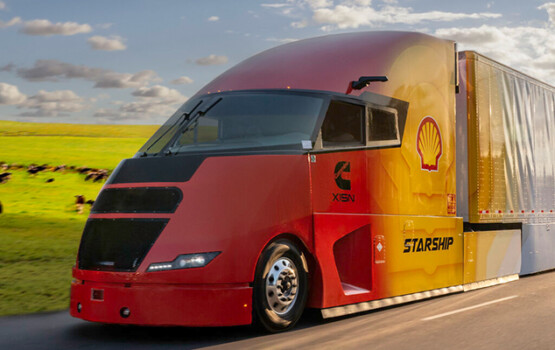
Shell Starship on record hunt
